
Discussion about who killed Anna Mae Aquash of the American Indian Movement in the 1960s raises some interesting thoughts regarding what takes place when governments and challengers square off against one another. Underlying most research on the topic and popular understanding is the idea that governments and challengers represent different sides of a conflict – each has their own motives for engaging (i.e., ideology or goals), their own means for engaging (e.g., identified as “mobilizing structures” in the social movement literature) and their own sense of opportunity (i.e., when the time is ripe to strike). We alternatively call this “intrastate conflict processes” or “the conflict-repression nexus” (for the political science oriented among us) and “contentious politics” or “protest-protest policing” (for the sociological oriented). This approach has influenced how researchers study the topic and, as a result, it has broadly influenced what we can know.
Those interested with conflict, this a major problem.
The actors in the conflict are not what they seem to be (cue the Dunbar poem of “we wear the mask that grins and lies”). Sometimes a challenger is not a challenger. Sometimes they might be a front operation created by a government to discredit the challenger field of challengers. Sometimes an individual challenger is an informant paid to give information to the government about what is going on. Sometimes a challenger is just a challenger. Sometimes an individual challenger is a paid agent provocateur whose job is to get challengers to do illegal, provocative stuff which prompts governments to step into action, seemingly rectifying a socio-political order problem (which of course the government initiated). See the problem? What we believe are distinct actors – almost by definition — are potentially not at all distinct. Governments and challengers exist, but in certain respects these may be one and the same.
It gets worse. It is really hard to know when the two are different sides. There are two reasons for this.
First, getting access to the information involved in order to make this determination is extremely hard to get access to. Often we need a break-in like that which revealed information about COINTELPRO back in the 1970s or a leak/theft like which revealed information about the NSA from Edward Snowden. We need to infiltrate the government to reveal the infiltration.
Second, governments have great reason for keeping this information hidden. It is said that the smartest thing the devil did was to convince everyone that he did not exist. Perhaps the smartest thing governments ever did was to convince everyone that challengers exist. Think about it. Why do we allow governments to engage in repression? (Yes, I said allow.) Well, because we believe that governments are “taking care of business” – protecting us from the challengers that are out there like the truth in the X Files (forgive me dating myself). We never get the information on these “challengers”, however, unless they do something though and even then our ability to figure out what is going on is largely filtered to us from – well – governments. See the problem? If governments have the lock on the information that legitimates their use of repression, which by the way is big business (huge!), then they have every incentive to keep generating/producing the challenges and challengers.
Now, I am not saying that challengers and challenges do not exist. My family lived blocks from 9/11 and I have read enough documents from governments and challengers alike to prove that they exist in the US, Northern Ireland, Rwanda and a few other places, but without something like “Challenger-Watch” or “Civil Society Watch”, we just don’t have the information stream to inform us about what is going on. The Southern Poverty Law Center (SPLC) could be useful here, but I remember contacting them years ago and they were not to forthcoming about how they collected their data or sharing back issues, so I moved on. Regardless, we need an SPLC that covers all groups and, worse yet, we need one in every country of the world. It has been good that the global human rights movement has been monitoring the horrors that governments do. This is a major improvement and damn was it needed as governments have gotten away with enough over the years. Given that protecting civilians from political challengers/challenges is the principal justification for state repression, it behooves us to do our best to get some confirmation of that claim – and have no doubt that it is a claim; one that governments benefit a great deal from.
But as you think through these issues, remember Anna Mae. Whether she was connected with the feds or not, whether others were connected with the feds or not, it is possible that governments are among the challengers. Strange to think it, but you have seen TV shows and movies that tell the tales of police informants (e.g., Donnie Brasco, that flick with Leonardo DiCaprio and the Good Will Hunting guy or even an episode of Law and Order). Government plants are frequently present (don’t ask me how much though) and they do all types of stuff (again don’t ask me what at least not yet). If this is the case, though, think about this next time you don’t say anything about torture for some potential threat that was identified. Think about this next time you allow the Patriot Act to be continued. Think about this next time you don’t say anything about an instance of brutality or a ban. Question authority? Question the challengers. Question the authority in the challenge(rs). Question the challenge in authority. Question.

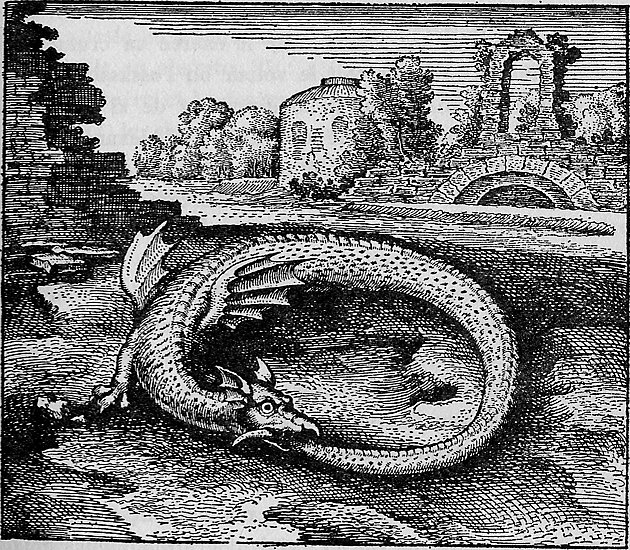
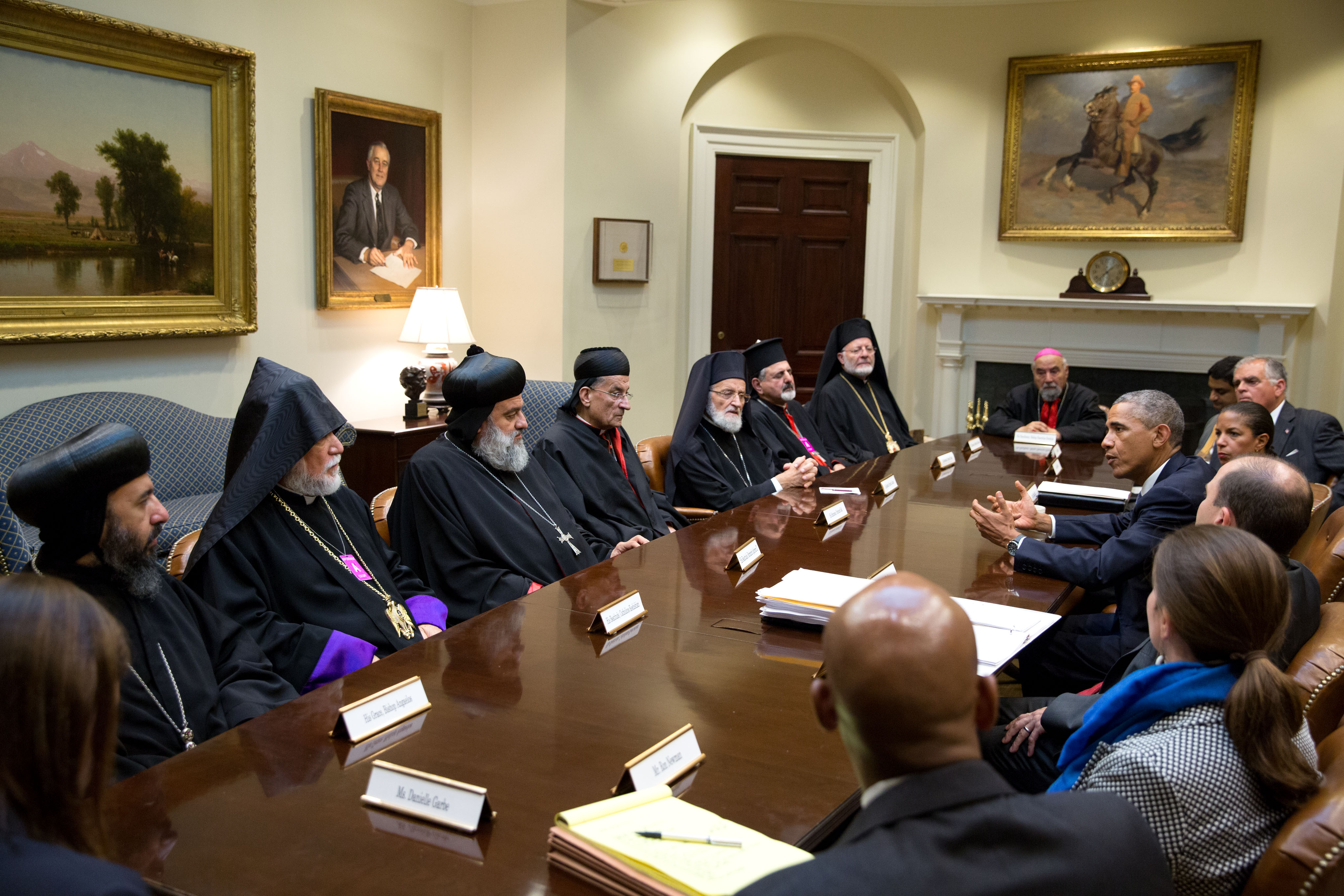
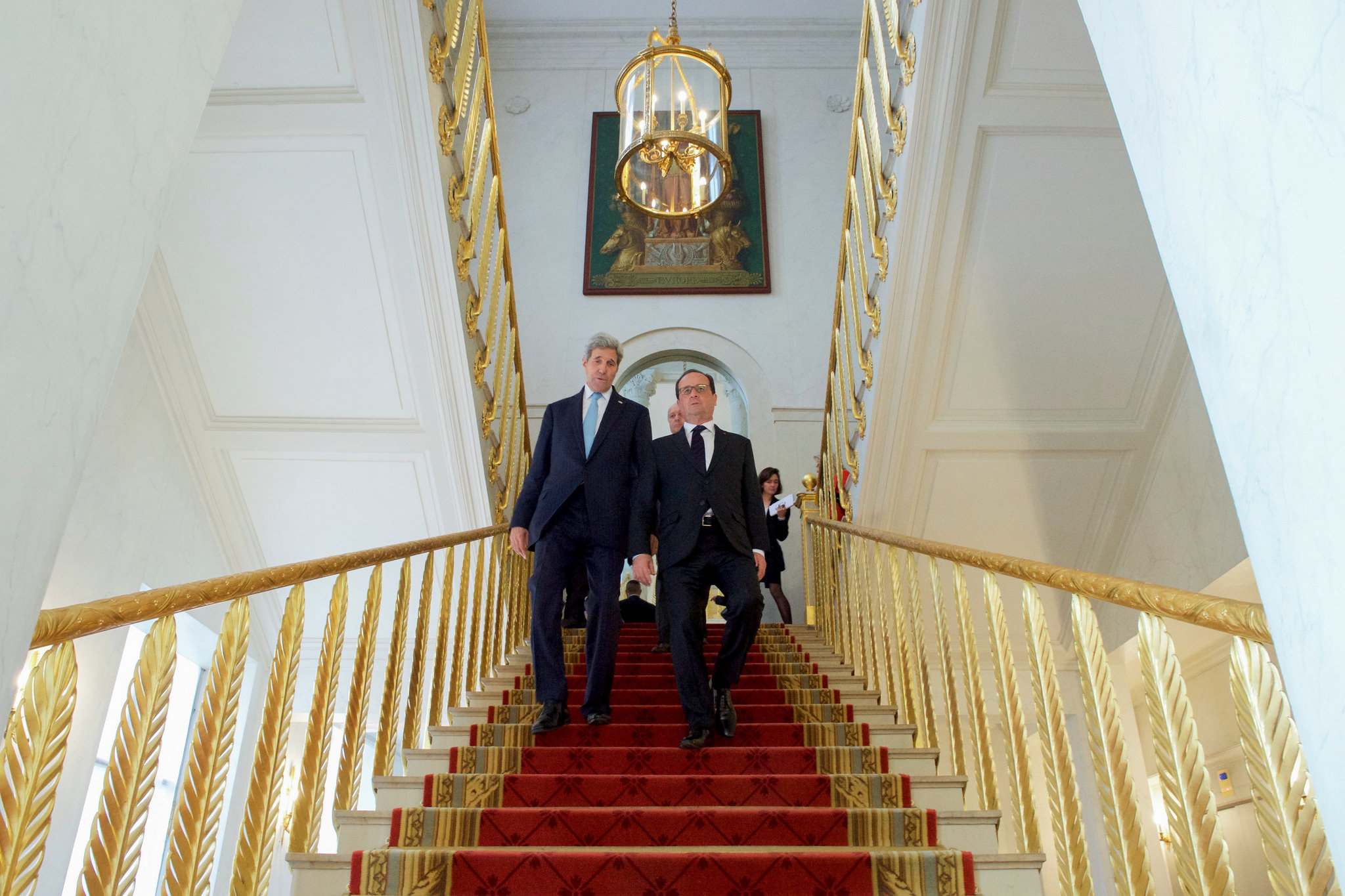


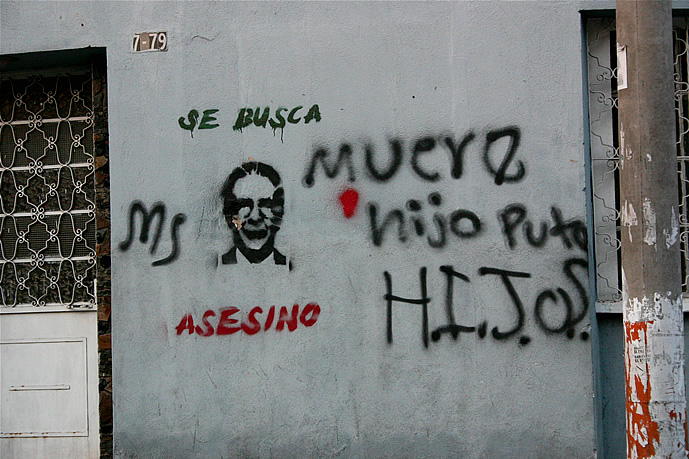
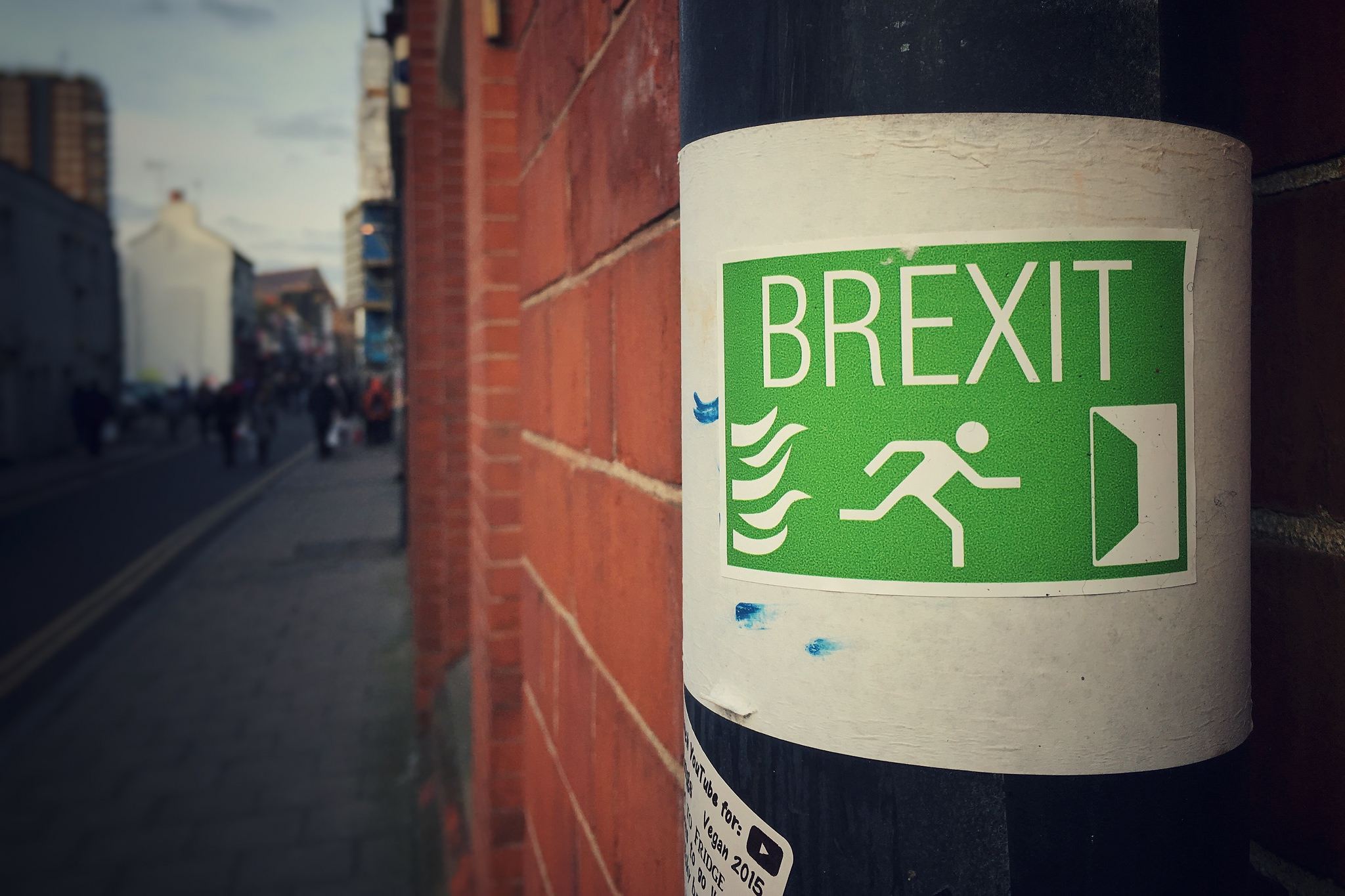
1 comment